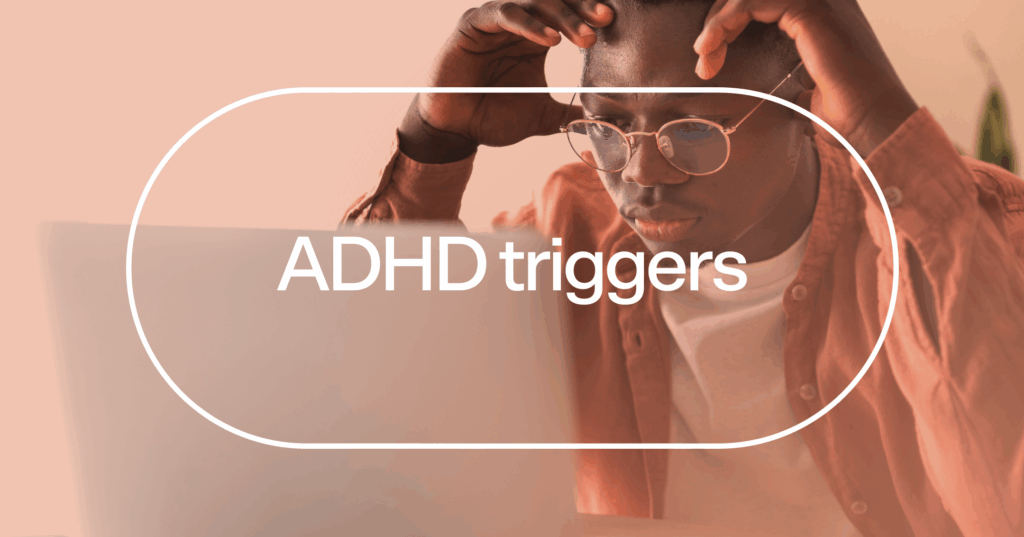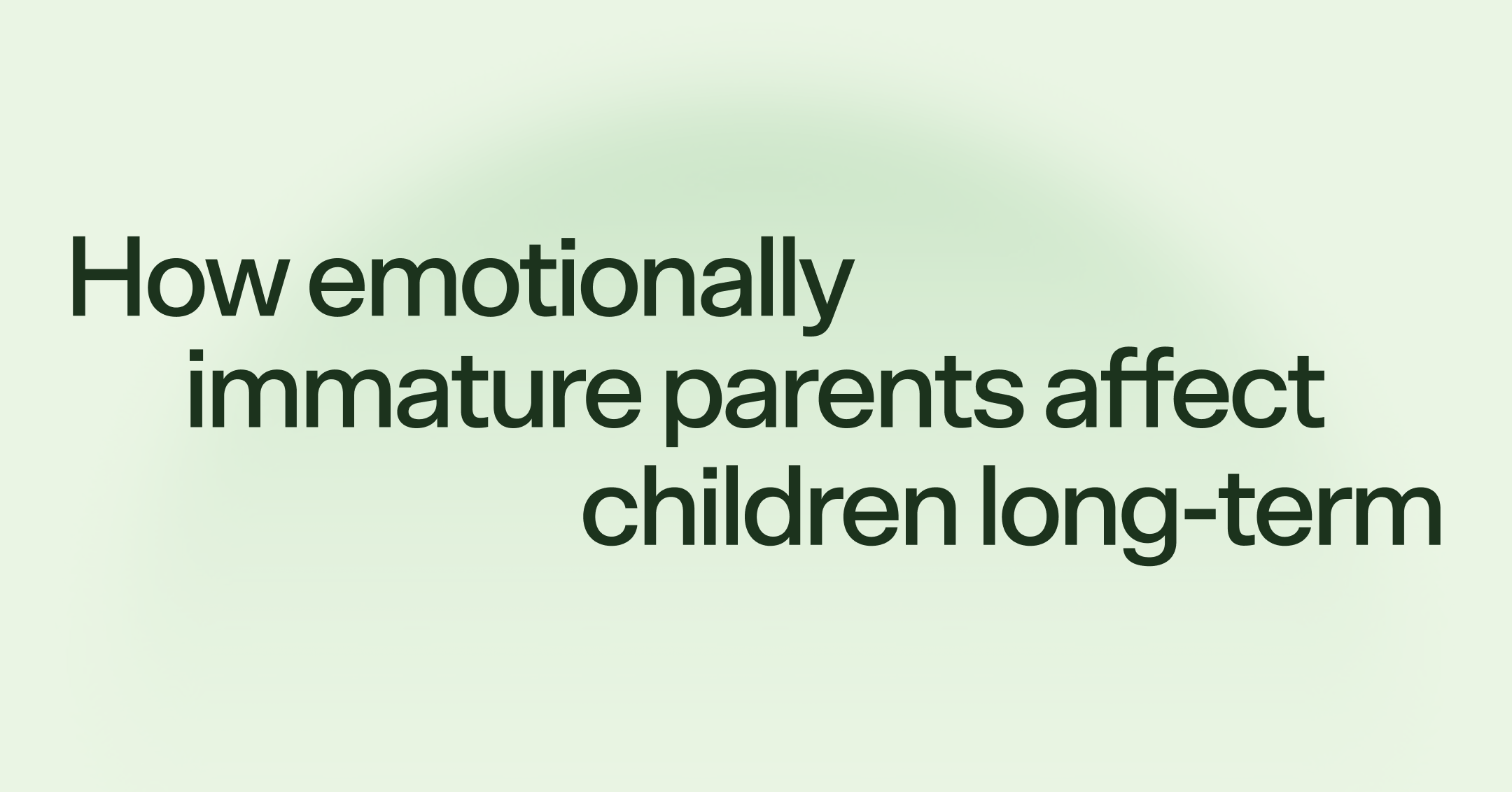ADHD triggers don’t cause ADHD, but they can make your symptoms harder to manage.
Recognizing your personal ADHD triggers can help you make a plan for how to cope.
Keeping up with your treatment is the most effective way to manage ADHD long term.
The exact causes of attention-deficit hyperactivity disorder (ADHD) are still unknown, but experts know that they’re largely genetic. ADHD typically emerges in early childhood and isn’t suddenly “triggered” later in life. But if you already live with ADHD, certain factors can lead to worse symptoms. These are called ADHD triggers.
These triggers can make life with ADHD harder to manage. By identifying and being aware of your personal triggers, you can make a plan to avoid or accommodate them so they don’t disrupt your life. Keeping up with ADHD treatment is also an important part of managing your symptoms.
What triggers ADHD?
If you live with ADHD, you may already know that some days can be harder than others. These triggers don’t cause you to develop ADHD in the first place. ADHD is a neurodevelopmental condition, which means that it doesn’t come and go over time. But they can cause symptoms to show up more strongly than usual.
When you’re faced with an ADHD trigger, you might:
Have a harder time managing your emotions
Be more distracted
Lose track of time more frequently
Forget things
Behave more impulsively
Some of the most common triggers that can cause ADHD to flare up include:
The care you need, when you need it
Learn how Rula can support your mental health journey
Lack of sleep
Sleep can play a huge role In ADHD symptoms. When you don’t get enough sleep, you might feel foggy, irritable, or emotionally dysregulated the next day — which can make managing ADHD a lot harder. ADHD can also make it hard to fall asleep or stay asleep, which creates a frustrating cycle.
Stress
Chronic stress can affect all areas of your health, and it can trigger ADHD symptoms. You may have noticed that when you’re under stress, you feel less focused, more forgetful, and more dysregulated. These responses aren’t personal failures—they’re your nervous system signaling that it’s overwhelmed.
Overstimulation and sensory input
Research shows that people with ADHD are more likely to experience sensory sensitivity in all areas. If you’re in a situation with a lot of sensory input — like bright lights, loud noises, or strong smells — you might feel overstimulated, which can make it harder to regulate your emotions or focus.
Irregular routine
Having a consistent routine is helpful for managing life with ADHD. This might mean things like going to sleep and waking up at the same time every day, eating three nourishing meals per day, and taking your medication consistently. When your routine becomes unbalanced, you might notice that your ADHD symptoms are stronger.
Certain foods
Foods don’t cause ADHD, but research has shown that certain ingredients may increase ADHD symptoms, like hyperactivity. For example, artificial food coloring doesn’t cause ADHD, but it can increase symptoms like inattention and impulsivity in some children. You might notice that your symptoms show up more strongly after eating certain foods.
Social media and technology
Research has shown that excessive screen time and ADHD are linked. Social media doesn’t cause ADHD — but people with ADHD are often more vulnerable to doomscrolling without realizing how much time has passed. If you find yourself constantly on your phone, it can worsen your symptoms and get you stuck in a cycle of overstimulation and distraction.
Worsening symptoms of other mental health conditions
People with ADHD often also live with other mental health conditions. For example, research shows that people with ADHD are up to three times more likely to live with depression. When symptoms of your other mental health conditions start to flare up, it can become harder to manage your ADHD.
Related:
Recognizing your triggers
The first step to managing your triggers is learning how to recognize them. Although we’ve listed some of the most common triggers that people with ADHD face, there may also be specific ones that are unique to you. For example, you might find that your symptoms are triggered when you’re working on a boring project or when you skip breakfast.
Being aware of your triggers isn’t about making ADHD symptoms go away altogether. ADHD is a neurodevelopmental condition, and it’s always going to affect the way your brain operates. It’s about understanding and being prepared for when your ADHD symptoms might flare up.
One way to recognize your triggers is to pay attention to your patterns. Are there certain times of day, places, or situations that cause your symptoms to feel worse? Keeping a journal or using an ADHD tracker app might help. Try noting what was happening before a flare-up, like how much sleep you got, how your day started, or whether you were feeling emotionally drained.
Self-awareness takes practice, but the more in tune you are with your ADHD symptoms, the easier it’ll become to spot what’s making things harder and what’s helping.
Ways to handle ADHD triggers
Once you know what your ADHD triggers are, you can take steps to manage them.
Create a plan to avoid triggers
Once you identify your triggers, you can start making intentional adjustments to reduce their impact. Whether it’s cutting back on certain foods, building in 10 minutes of quiet time to manage stress, or using tools like earplugs or noise-cancelling headphones to manage sensory overload, small shifts in your routine can make a big difference. Planning ahead empowers you to navigate triggering situations with more control and confidence.
Ask for accommodations at work or school
If you live with ADHD, you’re legally entitled to reasonable accommodations at work or school. These can make a big difference in your daily functioning. Examples include extended test-taking time, noise-reducing headphones, flexible deadlines, or regular breaks. It’s OK to advocate for yourself — accommodations exist to help you succeed.
Keep up with your ADHD treatment
If your symptoms are well managed right now, don’t take that as a sign that you no longer need treatment. Skipping medication or abruptly stopping therapy can cause symptoms to come back stronger. If you’re thinking about making changes to your treatment plan, always talk to your provider to create a plan that supports you in the long run.
One helpful mindset shift is to view the trigger as a cue for support rather than a sign of failure. Recognizing it early gives you a chance to pause, reset, and use strategies that work for you. This approach builds self-trust and makes it easier to respond with intention instead of frustration.

Ashley Ayala, LMFT
Clinical reviewer
Find care with Rula
ADHD symptoms don’t stay the same all the time — and learning your triggers is a powerful way to manage the ups and downs. By figuring out what’s worsening your symptoms and making a plan for how to respond, you can feel more in control and supported.
At Rula, we’re committed to delivering a comprehensive behavioral health experience that helps people feel seen and understood so they can get back to feeling their best.
Rula makes it easier to find a licensed therapist or psychiatric provider who accepts your insurance so you don’t have to choose between affordable care and excellent care. With a diverse network of more than 15,000 providers, 24/7 crisis support, and appointments available as soon as tomorrow, we’re here to help you make progress — wherever you are on your mental health journey.
Rula's editorial process
Rula's editorial team is on a mission to make science-backed mental health insights accessible and practical for every person seeking to better understand or improve mental wellness.
Members of Rula’s clinical leadership team and other expert providers contribute to all published content, offering guidance on themes and insights based on their firsthand experience in the field. Every piece of content is thoroughly reviewed by a clinician before publishing.




